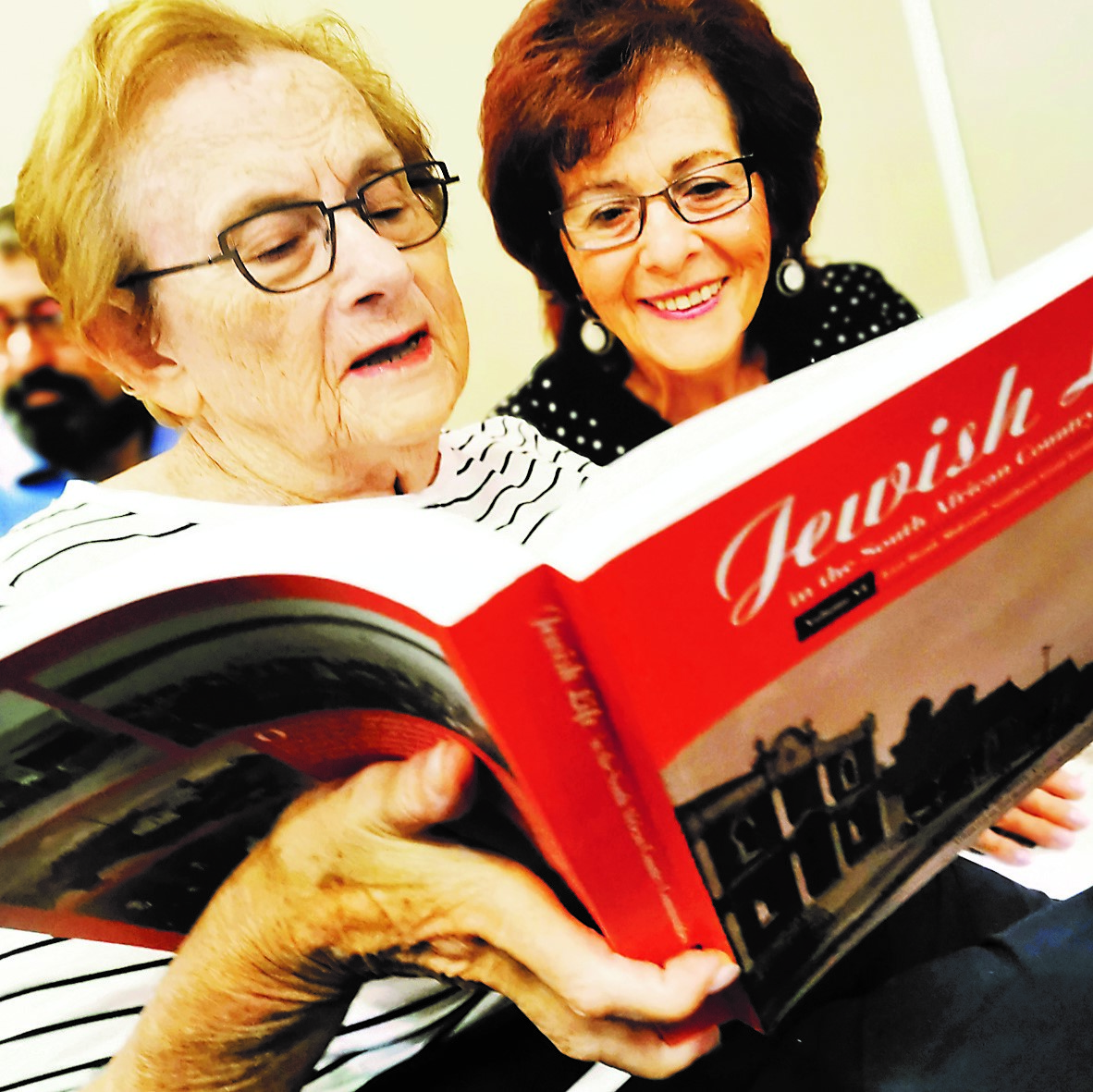
News

Documenting untold stories of SA’s country Jews
ADRIENNE KOLLENBERG
They believed the project, under the auspices of the South African Friends of Beth Hatefutsoth, would take a couple of years to research and complete.
Volume six of the books, titled Jewish Life in the South African Country Communities was launched on Sunday (8 March). This edition covers the East Rand, Midrand, Southern Highveld, and Southern Escarpment.
Initially, the team didn’t anticipate the wealth of archival material available to it. As the project evolved, it became apparent that a number of professionals were needed to formalise the information into a coherent and systematic structure. They also realised it wasn’t a quick job…
They enlisted additional volunteer researchers and professional staff, including a librarian who accessed and catalogued all archival information, a full-time and part-time researcher, as well as a part-time secretary.
For purposes of research, the project was divided into seven regions, and a book has been published as each region is completed. The books include wonderful anecdotes and photographs, many from private family collections.
The books already published have received academic acclaim and international recognition. They are available in national libraries, including the New York and London libraries, and at museums and bookstores locally and abroad.
More than 1 550 places have been identified where Jews once lived – even if there was a single Jew living in a village. However isolated they were, these early Jews mostly supported the Zionist cause, long before there were Zionist societies in the small towns.
As soon as there were sufficient men to form a minyan in a country town, services were held in private homes. Eventually, communities grew and formed congregations, and some even built synagogues. In smaller communities, Jews went to the nearest town which had these facilities. These early Jews were determined to carry on their religious beliefs even in this strange and unknown land.
There is a file on every town researched, with the smaller villages attached to larger places in their designated regions. The project methodology follows specific guidelines.
A research questionnaire is completed, which includes information gathered from the South African Jewish Board of Deputies’ archives, reports of country community rabbis, and from the Johannesburg Jewish Resource Centre (formerly the Beyachad Library).
Among the sources are huge handwritten, leather bound books of shipping records, immigration records, and naturalisation records, which were invaluable to researchers. A list of published sources is also consulted for each town.
The information is then entered onto a computerised database by professional researchers who examine and verify the data, which is fully referenced.
Old telephone and trade directories were a useful source of information, and interviews with former residents offered interesting and amusing anecdotes. Once the project is complete, the database will be available on the internet.
The seventh and last book will cover the Bushveld, Magaliesberg, South Rand, Western Highveld, Western Witwatersrand, and West Rand.
This research has recorded for posterity the almost unknown and undocumented stories of what Jews accomplished outside the main urban centres. It includes the fostering of a Jewish heritage and, often as pioneers, the development and culture of the South African country districts.
The Jewish contribution to farming is also of great significance, specifically in the Southern Highveld. The research has further contributed significantly to South African historiography in a wider sense by recording the stories of many hundreds of settlements that for most people had been, at most, no more than just a name on a map.
- Adrienne Kollenberg is the chairman of the SA Friends of Beth Hatefutsoth. Call 011 645 2598 for more information.




